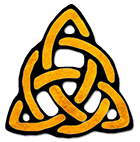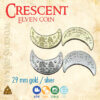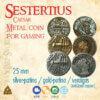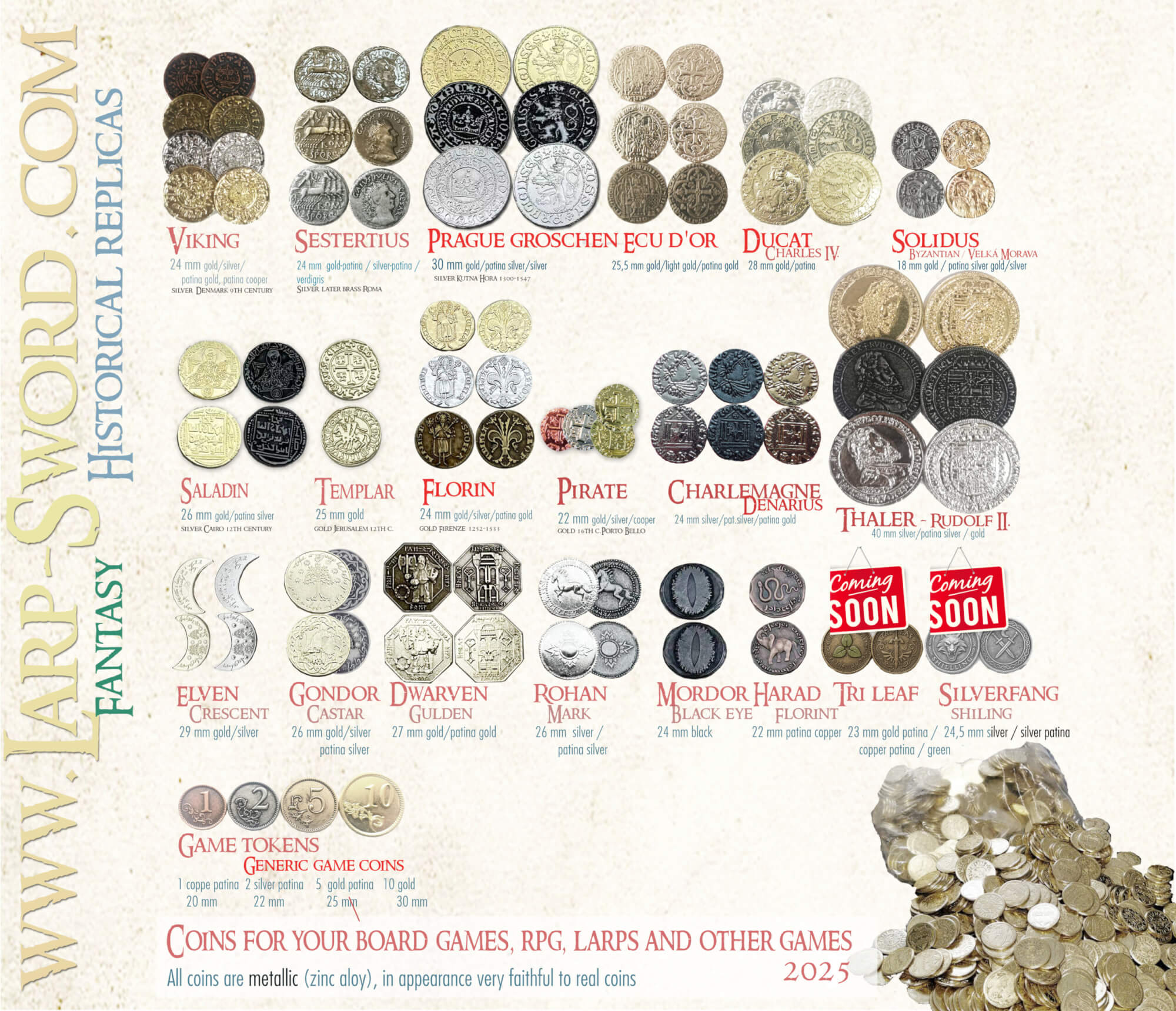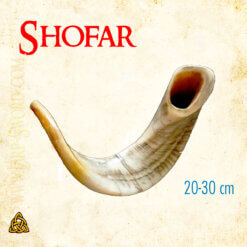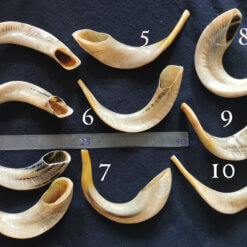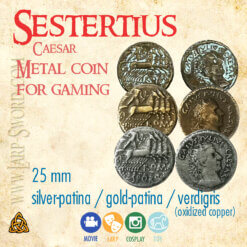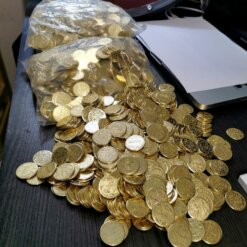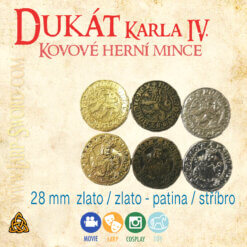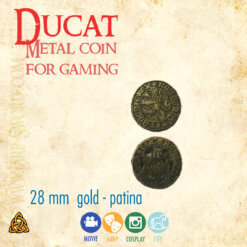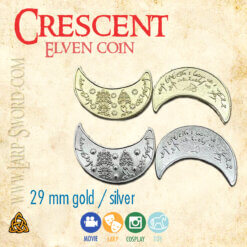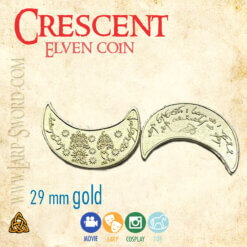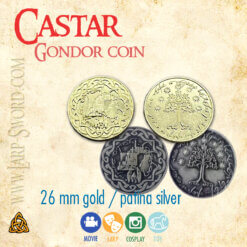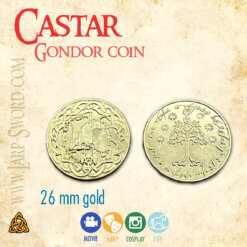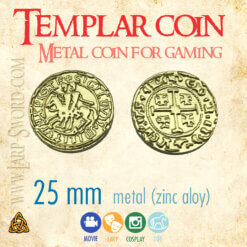Prague Groschen – Medieval Silver Coin Replica
$0.69 – $437.00Price range: $0.69 through $437.00
Prague Grosz
One of the most iconic medieval coins in Central Europe. If you are wondering which coins appear in the game Kingdom Come Deliverance – yes, they are Prague Grosz. The Prague Grosz is a metal coin for games in silver, patinated silver and gold gold variants.
Who is the Prague Grosz coin for
It is a game coin for use in board games, cosplay, larp and rpg, in theater, etc. It is a game coin for use in board games, cosplay, larp and rpg, in theater, etc. It will be used, for example, by LARP players, RPG gamemasters, collectors of fantasy items and fans of epic mythology.
Uses of Prague Grosz
Suitable as a game currency, trophy, collector’s item or atmospheric accessory to a costume.
Specifications of the Prague Groschen replica
Silver Prague Groschen – a metal historical replica of a medieval coin. Authentically crafted replica of a famous medieval coin. Ideal as a currency for larps, rpgs, board games, fantasy campaigns, thematic events, props, etc. The Prague Groschen coin is a historical replica – Prague Groschen were used in Central Europe in the 14th and 15th centuries as a reliable medieval standard for silver coins.
Diameter 30 mm. The Prague Groschen is a large coin – for your reference, the Czech fifty-koruna is 27.5 mm and 2 euros are only 25 mm large.
Parameter Value
Diameter 30 mm
Thickness approx. 2 mm
Weight approx. 7 g
Material Zinc alloy
Color variants Silver, Gold, Silver patina
Inspiration Medieval Czech coin from the 14th-17th centuries century
Suitable for LARP, RPG, board games, gifts, props, etc.
Description
Prague Grosz
One of the most iconic medieval coins in Central Europe. If you are wondering which coins appear in the game Kingdom Come Deliverance – yes, they are Prague Grosz. The Prague Grosz is a metal coin for games in silver, patinated silver and gold gold variants.
Who is the Prague Grosz coin for
It is a game coin for use in board games, cosplay, larp and rpg, in theater, etc. It will be used, for example, by LARP players, RPG gamemasters, collectors of fantasy items and fans of epic mythology.
historical / fantasy LARP and RPG players,
gamemasters
board games
fans of Czech history and the Middle Ages
collectors of historical replicas of thematic coins
creators of props and costumes
Usage of Prague Groschen
Game currency for LARP, RPG and board games
Prop for cosplay, historical performances or photography
Gift / souvenir for fans of the Middle Ages
RPG token
rewards for players / quests
collector’s item
prop for cosplay
decoration for books, boxes, dioramas
Historical replica for collectors and history lovers
Suitable as a game currency, trophy, collection item or atmospheric accessory to a costume.
Specifications of the Prague Groschen replica
Silver Prague Groschen – metal historical replica of a medieval coin. Authentically crafted replica of a famous medieval coin.Ideal as a currency for larps, rpgs, board games, fantasy campaigns, thematic events, props, etc. The Prague Grosz coin is a historical replica – Prague Grosz were used in Central Europe in the 14th and 15th centuries as a reliable medieval standard for silver coins.
Parameter Value
Diameter 30 mm
Thickness approx. 2 mm
Weight approx. 7 g
Material Zinc alloy
Color options Silver, Gold, Silver patina
Inspiration Medieval Czech coin from the 14th-17th centuries
Suitable for LARP, RPG, board games, gifts, props, etc.
Diameter 30 mm. The Prague Grosz is a large coin – for your reference, the Czech fifty-koruna is 27.5 mm and 2 euros are only 25 mm large. The historical version is of course the silver version of the Prague Grosz, the other colored versions are made to make it easier for you to create currency systems during games (of course, it is possible to combine Prague Grosz with other coins). Other color variants, which you can see on some of our other coins (patinated silver, copper, patinated copper), are possible on request for larger orders.
History of the Prague Grosz
The Prague Grosz began minting in 1300 by the Czech King Wenceslas II. That year, silver veins were found near Prague (in Kutná Hora) and silver mining began – at the time they were the largest silver mines in the world. This allowed the king to reform the coinage. During the 13th century, the most common coin in medieval Europe was the denarii. Their quality fluctuated and by this time the weight was already below 1g, while the purity often fluctuated below 50% of the silver content.
Wenceslas II was inspired by Tours, where the French king minted a gros tournois coin. The name itself comes from “large denarius”, later only the “large” (gross) remained. The grosz was a large and heavy coin (30mm 3.5-3.7g silver, with a high purity of around 93-95% pure silver. Due to the richness of the Kutná Hora mines, the grosz quickly became the standard silver coin in Central Europe.
After Prague, some other cities minted grosz, mainly in Germany, but the Prague grosz was long considered the most reliable and valuable. For example, the exchange rate was in effect when one Prague grosz was worth two Meissen grosz. To give you an idea, let’s try to imagine the value of the Prague grosz as about 10-20 euros in today’s world.
There were also smaller coins – half-grosz were also minted, old denarii remained in circulation, which had a value of around a quarter of a Prague grosz, and new small silver coins (parve) were minted, where one Prague grosz contained 12 parve. The Prague grosz became a unit of account – salary was usually calculated in Prague grosz groschen, everyday purchases were converted into groschen and its fractions.
If you are wondering why gold coins did not catch on, it is because their price was too high. If we try to imagine the value of, for example, one gold florin of John of Luxembourg or a gold ducat of Charles IV, it will be more like around 500-1,000 EUR. Which means that most people never held a gold coin in their hands. Gold coins were used to buy houses, estates or other really expensive things and it was the currency of the nobility. Silver coins were much more suitable for everyday life.
During the Hussite Wars, the minting of groschen ceased and was only resumed by George of Poděbrady, but by then its weight had dropped to about 2.5g and the fineness was only around 50% silver and later even less. From the mid-16th century, groschen had already become relatively worthless and when a new coin was introduced – the silver tolar. The exchange rate of both coins was then set at 30 groschen for 1 tolar.. Overseas discoveries caused a huge inflation of gold and silver and the purchasing power of groschens quickly fell. The minting of groschens ended completely with the monetary reform in 1644.
FAQ
Is the Prague Groschen coin double-sided?
Yes, all our coins are double-sided. The Prague Groschen has a Bohemian lion on the obverse, and the royal crown on the reverse, just like the original.
Is it an exact replica of the original?
Yes, it is based on the real form of the Prague Groschen. The design is a replica of the coin of Wenceslas II from the first minting of the groschen shortly after 1300, the size and weight are more or less authentic.
What are the inscriptions in the ring of the Prague Groschen?
On the obverse of the Prague Groschen is GROSSI PRAGENSES (Prague Groschen), On the reverse of the Prague Groschen the outer ring is DEI GRACIA REX BOEMIE (By the grace of God, King of Bohemia) and the inner ring is WENCEZLAVS SECVNDVS. Later mintings of the Prague Groschen differed in the name of the monarch.
How much does one coin weigh?
Approximately 7 grams.
What does the Prague Groschen feel like?
It is credible, it is a metal coin.
Can it be used in LARP combat?
Yes, you can throw it with a slingshot, for example. But we recommend it as a means of payment, not as a weapon
Is the coin suitable for LARP?
Yes, it is made of a durable alloy and has safe rounded edges.
Is it a replica or fiction?
It is a fairly faithful historical replica created in real size according to a real coin from the time of Wenceslas II.
Can the coin be used as a gift?
Yes, it is often used as a thematic trifle or collector’s item.
Is the coin magnetic?
No
What is the lifespan of the surface treatment?
It depends on the method of use, in general – the lifespan is long.
Can the coin be used as real money or an investment?
No — You can try it, but we are afraid that you will not succeed, it has been withdrawn from circulation for a few centuries 🙂
This is a replica for games, collecting or as a prop (it is not minted from silver and has no real value as a means of payment).
Safety warning
This coin is not a toy.
Not suitable for children under 3 years of age – choking hazard (small parts).
Keep out of reach of small children.
Additional safety recommendations
The coin is metal and may be heavier than regular plastic tokens.
Do not use as an object to throw or hit.
Do not chew, do not put in mouth.
Not suitable for children under 3 years of age without adult supervision.
Maintenance and cleaning of the coin
Regular cleaning
Wipe with a dry or slightly damp soft cloth.
If the patina is more pronounced, use a mild soap solution and dry thoroughly again.
Do not use abrasives or steel wool — they can damage the surface finish.
What not to do with the coin
Do not leave in moisture for a long time (you will extend the life of the patina and the surface).
Do not expose to aggressive chemicals (cleaning sprays, acids, acetone, nail polish remover).
Do not put in the dishwasher — heat and water pressure destroy the surface finish.
Do not leave in salt water (corrosive environment).
Do not put in pockets with keys — they quickly scratch the surface.
Long-term storage
Store in a dry place.
Ideally, keep in a bag, box or envelope.
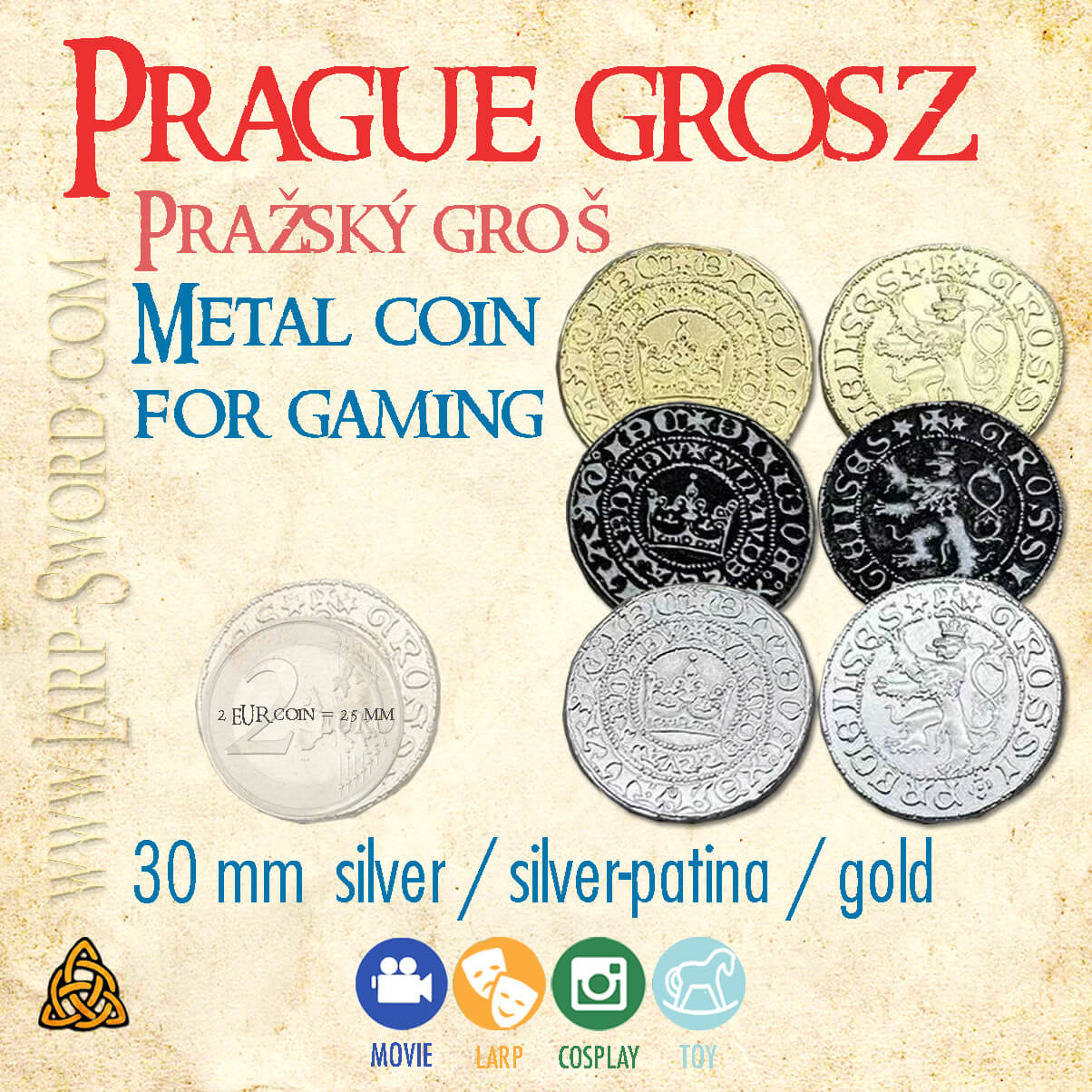
We originally created the coins for our games (http://cestycasem.cz), Prague Groschen, especially Interregnum 1313 aka Bloody Times http://interregnum.cz
Additional information
| Color | Gold, Silver, Patina silver |
|---|---|
| Množství v balení | 1 pc, 10 pcs, 100 pcs, 1000 pcs |
| Žánr/období | Medieval |
Related products
Props
Coins

